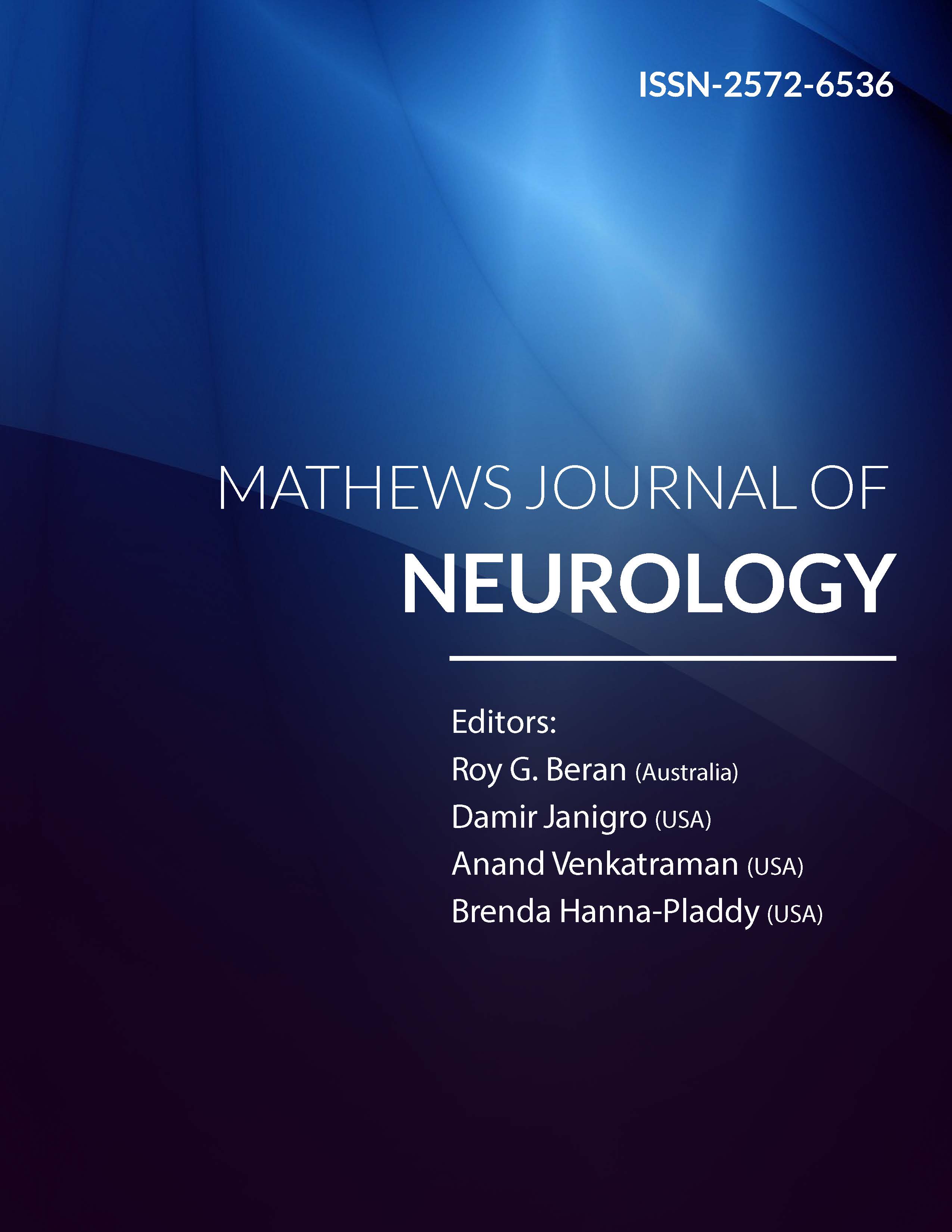
Information Links
Previous Issues Volume 7, Issue 2 - 2023
Role of Biomarkers in Pathogenesis and Updated Treatment of Motor Neuron Disease: A Review Article
Ravi Kumar*, Arvind Kumar, Vimal Kumar Bharti, Bhuwanendra Singh, Kuldeep Saini, Sunita Jha, Minata
SD College of Pharmacy & Vocational Studies, Muzaffarnagar Uttar Pradesh, India
*Corresponding author: Ravi Kumar, SD College of Pharmacy & Vocational Studies, Muzaffarnagar Uttar Pradesh, India, Tel: 07417464903; E-mail: [email protected].
Received Date: June 30, 2022
Published Date: July 11, 2023
Citation: Kumar R, et al. (2023). Role of Biomarkers in Pathogenesis and Updated Treatment of Motor Neuron Disease: A Review Article. Mathews J Neurol. 7(2):24.
Copyrights: Kumar R, et al. © (2023).
ABSTRACT
One of the most severe adult-onset neurodegenerative illnesses is motor neuron disease (MND), which most frequently manifests as amyotrophic lateral sclerosis (ALS). Significant advancements in patient care have been made over the past ten years, and scientific research has advanced quickly. As a result, rational medicines based on important pathogenic pathways now appear conceivable. With an average one-year delay between the onset of symptoms and diagnosis, ALS exhibits considerable heterogeneity in both its presentation and subsequent course of clinical development. Despite the fact that 50% of patients pass away within 3–4 years of the onset of symptoms, usually from respiratory failure, a sizable minority makes it to their second decade. Recent genetic studies have discovered disease-causing mutations in genes in several seemingly unrelated functional pathways, suggesting that motor neuron degeneration may need to be understood as a common final pathway with a variety of upstream causes, despite the fact that it appears to be a sporadic disorder for the majority of patients and lacks obvious environmental triggers. Due to the apparent aetiological and clinical heterogeneity, treatment investigations should investigate genetic as well as clinical classification and involve thorough biomarker analysis. Hexanucleotide repeat expansion in C9orf72, which accounts for 10% of all cases of ALS in the Western Hemisphere, is the most frequent mutation. This gene, along with a number of others, points to altered RNA processing and protein breakdown pathways as the primary etiology of ALS. The research of pre-symptomatic gene carriers is an essential new project because there is still a significant knowledge vacuum on how such fundamental mechanisms appear to work without visible deficit in the decades before to the emergence of symptoms.
Keywords: Frontotemporal Dementia, Neurodegeneration, Anterior Horn Cell, RNA, TDP-43, Autophagy, Protein Aggregation, Amyotrophic Lateral Sclerosis.